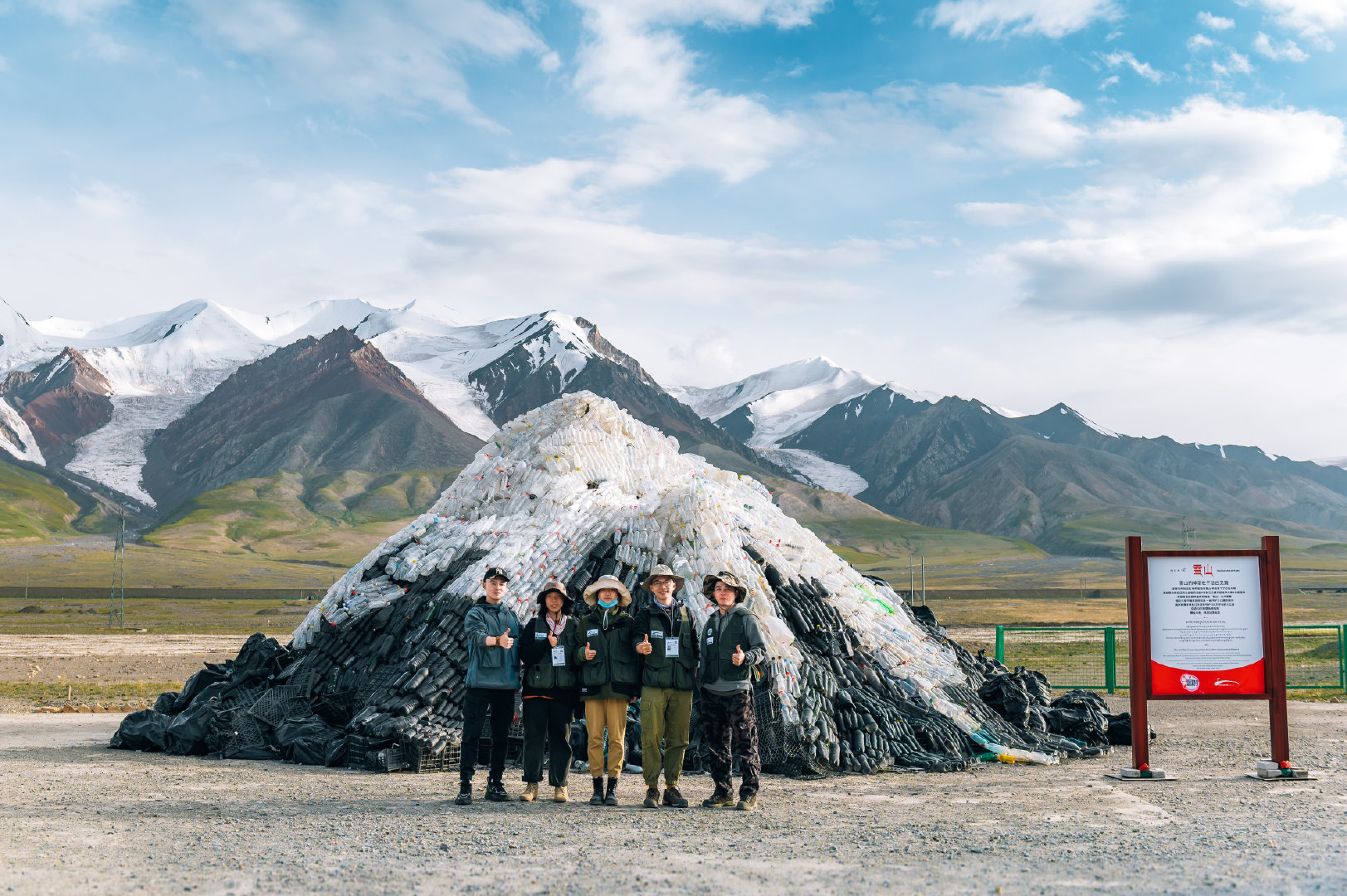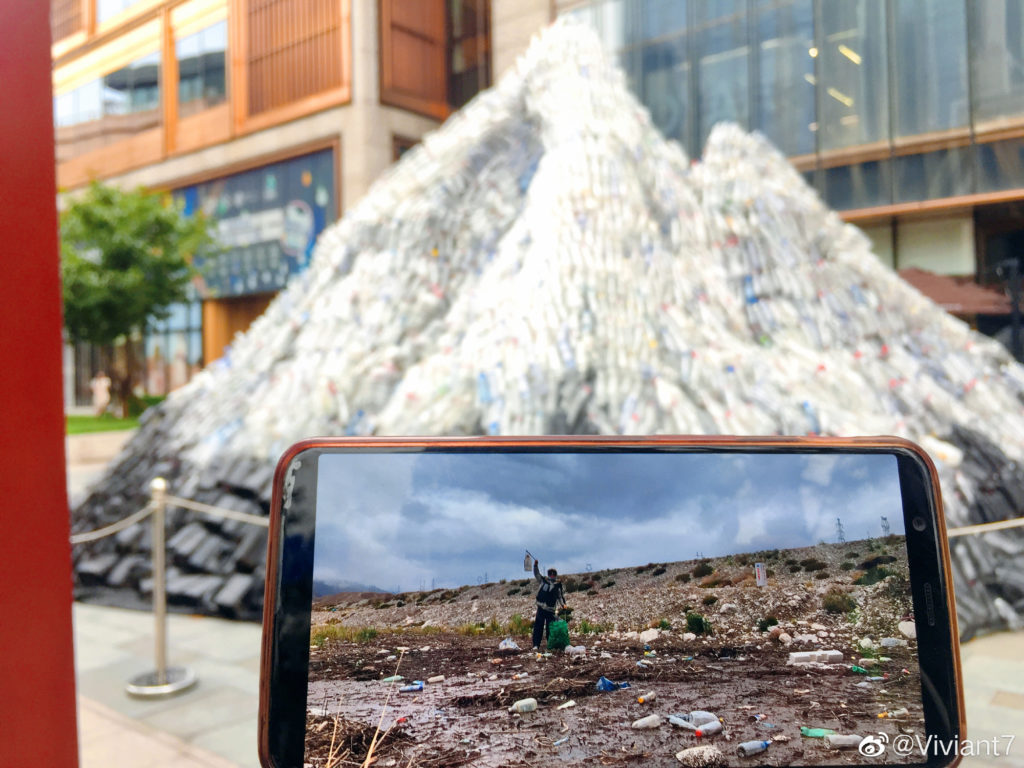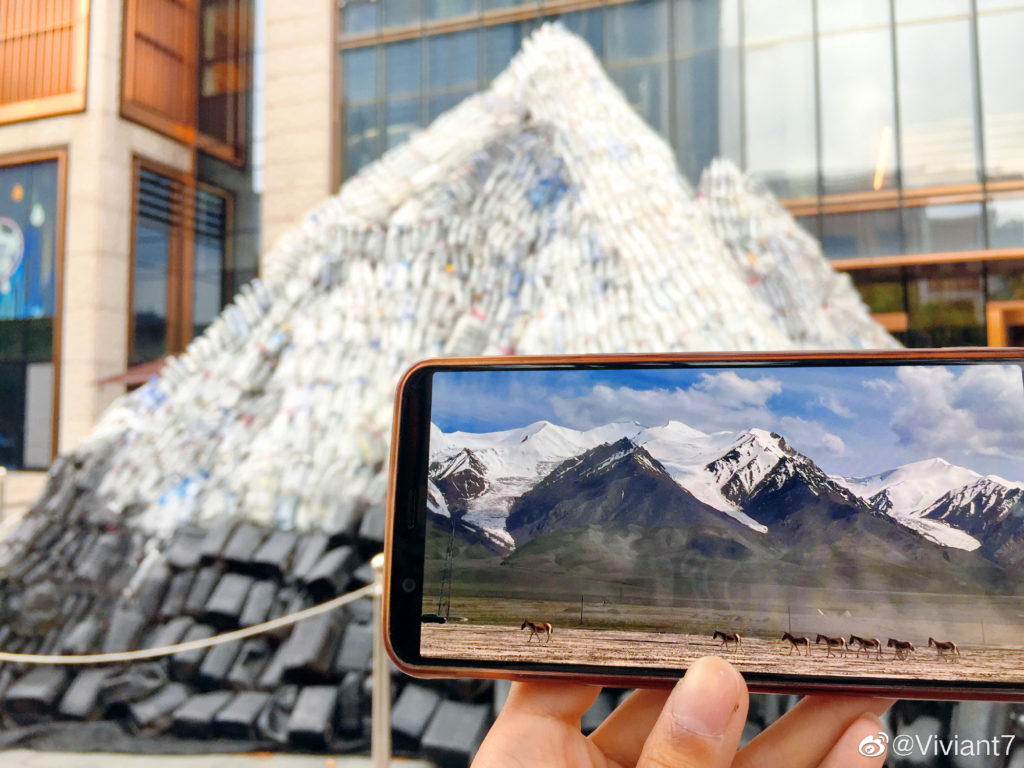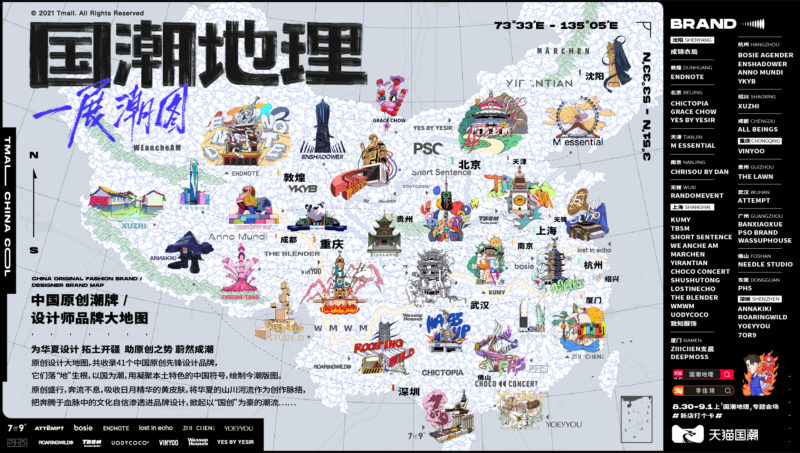Key takeaways:
- The UNESCO world heritage Hoh Xil, an isolated region in the north-eastern Tibet, is at risk due to the mass tourism eroding the local ecosystem with tonnes of unbiodegradable leftovers.
- In between the Qinghai-Tibet highway and the national nature reserve, Sanjiangyuan, there has been an open-air trash pit filled with anything from plastic containers to dead yaks.
- OMO, a laundry product brand owned by Unilever, created a five-meter tall “snow mountain”, using plastic bottles collected in the tourism hotspot by volunteers and exhibited the artwork at the finance centre in Shanghai.
The “snow mountain”
If you had popped down the Bund Finance Centre in Shanghai between 3rd and 12th September, you might be greeted by a “snow mountain”. The look-alike is piled up with tonnes of plastic bottles collected in the Tibetan Plateau, contrasting the layers of vertical stainless-steel pipes The Bund building, and the surrounding skyscrapers.
The inspiration for this “snow mountain” is the plateau in Qinghai province, where there is another plastic mountain standing at the foot of Yu Zhu Peak – China’s “roof of the world”. These two landmarks have not just turned into new scenic spots for photo opportunities, but also acted as an alert to tourists for an ecological crisis in the sacred land.
The campaign honours the pledge Unilever made in 2019 – to half the corporate’s plastic use for its products by 2025
The five-meter-tall plastic installation is just the tip of the iceberg, of the huge open-air garbage belt found in Hoh Xil, also known as Kekexili – a UNESCO world heritage site found in North-Eastern Tibet. Litter including plastic containers, clothes, metallic, dead yaks and sheep have been dumped along the Qinghai-Tibet highway.
Such are the levels of amassed waste that even the nearby national nature reserve, Sangjiangyuan, or the Source of Three Rivers (the Yangtze, Yellow and Mekong) has become affected by the environmental impact.
Behind the scenes
Behind this piece of artwork is a group of litter pickers consisting of villagers and city dwellers from the surrounding areas of the natural wonders. While the one who brings them to the front of the stage is OMO, a laundry soap brand under Unilever, aligning the company and values with environmental action.
The campaign honours the pledge Unilever made in 2019 – to half the corporate’s plastic use for its products by 2025, and to assist in collecting and disposing of plastic wastes up to 600,000 tonnes each year.
In partnership with Green River, an NGO dedicated to environmental protection based in the Sichuan province, the short campaign film named “People Who Are Not Afraid Of Being Dirty”, is a tribute to those volunteers who safeguard the well-being of what has been called as “the last piece of pure land on the earth”.
Coming along, under the spotlight, is the growing pressure from tourism and irresponsible tourists’ behaviours on natural ecosystems. It is thought that this exhibit in Shanghai will bring greater climate action from the Chinese populace who within large industrial cities are alienated from the effects within rural China.
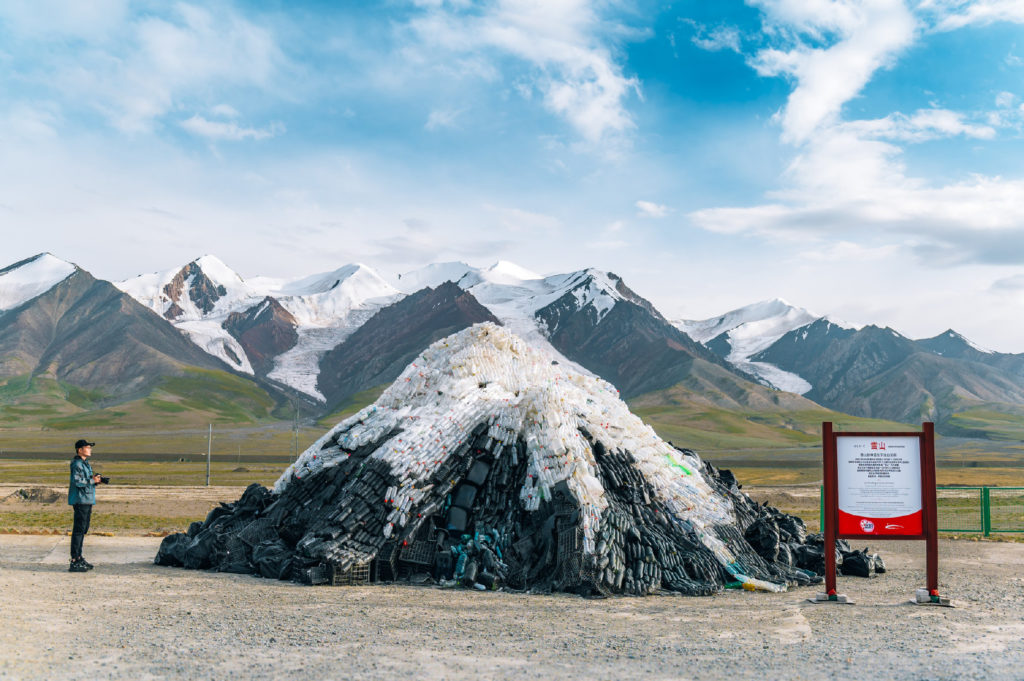
It is thought that this exhibit in Shanghai will bring greater climate action from the Chinese populace.
A Heaven for…tourism
Situated over 4,500 metres above sea level, Hol Xil spans roughly 45,000 square kilometres and is home to around 230 different breeds of wild animals, including 74 species of vertebrates like the endangered Tibetan antelope. Despite the hostile climatic conditions for human beings, the property has become a tourism hotspot soon after China opened its last frontier to ‘eco-tourism’ in 2009, highlighting the natural beauty involved in this part of China
Although a cap of 1,000 tourists per year is granted access to these controlled areas, with a limit of 15 each time, and entry of key protected zones being forbidden. The issue has been when more than 700,000 tourists pour in during the annual tourism peak, the fragile ecosystem becomes “eroded” with the grass stamped down and trash littered everywhere. This decision has been considered as an “insult” to the local people, who want to protect these natural beauties and see any care being wiped away annually.
Whiteness from snow, not from wastes
According to data reported by state media Xinhua, a total of 159,187 pieces of garbage had been found along the Qinghai-Tibet highway during a period of a seven-day investigation in 2013. Of those, 97% were “white wastes” composing of plastic food and drinks containers, showing the vastly negative impact tourists have had on the region.
In spite of this, over the years, efforts have been made by both local authorities and volunteers but with the continuous influx of tourist footfalls, the white belt has never actually been out of public sight. And, despite local officials’ promise of a “long-lasting” mechanism to protect the local environment, concerns have never been calmed due to a lacking of details about how this would be achieved.
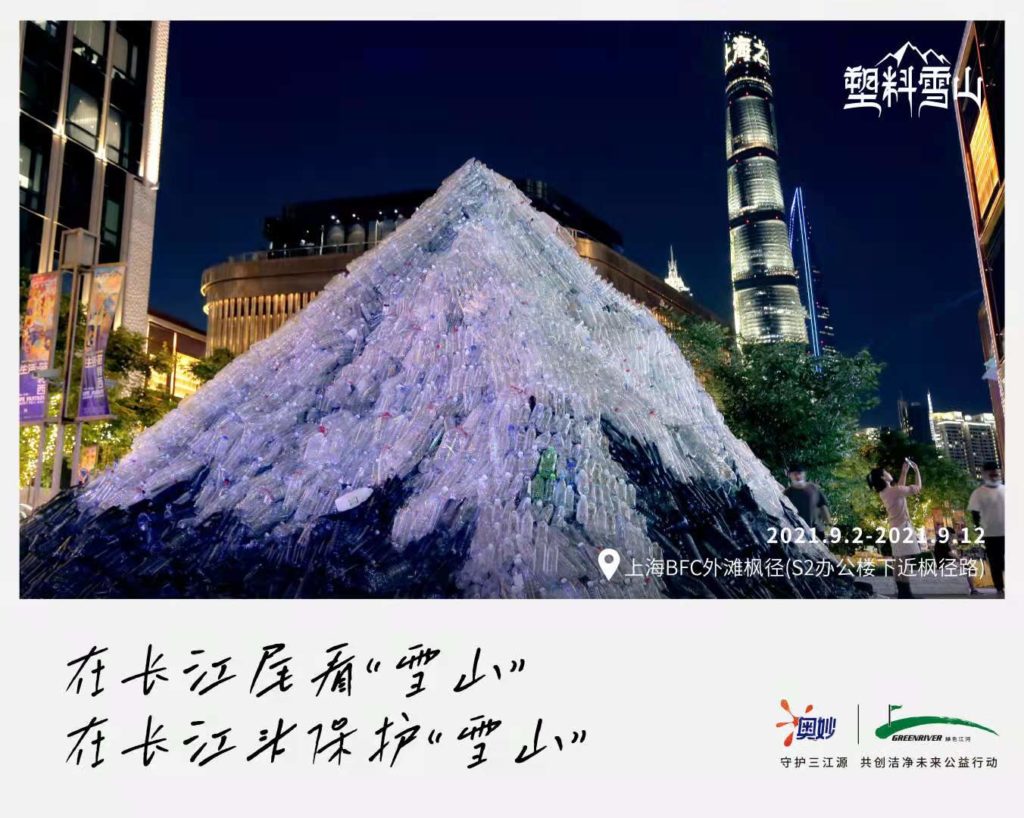
By bringing the problems tourists have caused to the majority of people, they are exposed to the consequences of their actions they are unlikely to have pondered at all.
OMO’s approach, however, appears to be a novel solution. Until now, the plastic “snow mountain” has hardly been seen as a reality to people who live in the modern world and who are dreaming about the place “closest to Heaven”.
The ability to disconnect from the environmental impact humanity has is far more easily achievable when those impacts are not within sight. By bringing the problems tourists have caused to the majority of people, they are exposed to the consequences of their actions they are unlikely to have pondered at all.
An urgency in reality
As eye-catching as it proves to be, the installation is alarming, as it makes urbanised populations confront their ecological impact. This work has been motivating, with more than 210 million people joining the conversation on China’s most popular micro-blogging site Weibo.
The awareness that the beauty of the plateau does not come for granted has been shared by many influencers and ordinary people alike, calling for immediate actions to be taken at both individual and collective levels.
While more companies in China like OMO have started exercising their corporate social responsibility for the sake of the environment, this is not an ultimate resolution to an ecologic crisis. OMO’s action is a quiet call, a call for joint efforts. The well-received campaign shows it is not until people see the severity of the issue that they feel the urgency and motivation to act.
Read more:




